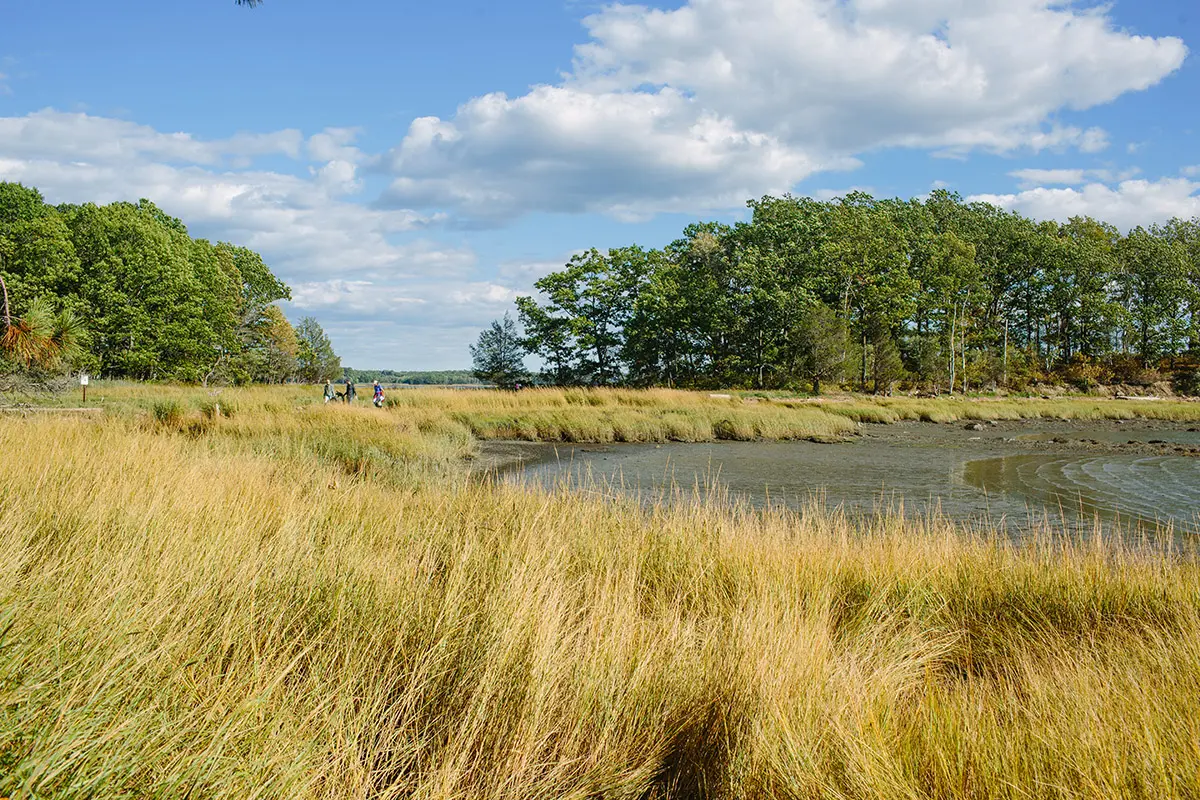This July, 13 NH communities will respond to EPA’s proposed new Total Nitrogen General Permit (the Permit); a groundbreaking, innovative watershed-approach to managing pollutants affecting the health of the Great Bay Estuary. A portion of those 13 communities have quickly moved to pro-actively address the Permit by setting up a collaborative body that can fulfill the Permit requirements more effectively through cooperative planning.
This new body, the Municipal Alliance for Adaptive Management (MAAM) was formed by Dover, Rochester, Portsmouth, Exeter, Newington, Milton and Rollinsford. An important goal of MAAM is to provide a process for member municipalities to leverage resources and realize efficiencies as they fulfil the requirements of the Permit including monitoring the health of the Great Bay Estuary and developing the best approach for assessing what levels of nitrogen loading are sufficiently protective of eelgrass health.
More on the Municipal Alliance for Adaptive Management (MAAM)
This is where PREP comes in, helping make the collaboration even more efficient. By teaming with PREP, MAAM does not need to hire additional consultants to collect data on how the Great Bay Estuary is responding to reductions in nitrogen. PREP and partners like the Great Bay Estuarine Research Reserve and The Nature Conservancy have already developed and approved monitoring plans for water quality, eelgrass, and oysters. This means MAAM doesn’t have to start from scratch. By contributing additional funds to a well-oiled machine, everyone who cares about the health of the Great Bay Estuary benefits as we are collectively able to increase monitoring in time and space to gain a better understanding of our very dynamic ecosystem.
Already, MAAM has increased the 2021 Great Bay Estuary monitoring budget by contributing an additional $154,000, enabling PREP and partners to install and maintain three new light arrays in the Great Bay Estuary to better understand changes in light penetration. Water quality improvements often lead to greater light penetration, which in turn leads to healthier underwater habitats, such as eelgrass. Eelgrass is known as a foundational species as it forms the basis of food webs that support commercial and recreational fish species. Eelgrass is a true plant with complex root system that stabilizes sediment and buffers the impacts of storms. Overall, the health of the Great Bay Estuary has declined over the last three decades including reductions in eelgrass health and a significant loss of oyster habitat.
In addition to the new light array work, MAAM funds are supporting estuarine water quality data collection at stations that have been dormant recently due to lack of sufficient funds. This includes stations in the Cocheco River and at the mouth of the Great Bay Estuary in Portsmouth Harbor. Funds will also help secure the expertise of external estuarine scientists and eelgrass ecologists to advise on data collection, analysis, and interpretation which is beneficial for increasing trust and credibility around the process and results of data interpretation. This will be extremely important over the coming years as we, as a community, assess the impacts of our nitrogen reduction management decisions and decide if and how to modify those choices when the Permit is re-visited in 2026.
Though it is challenging to make estuaries healthier and more resilient, we know it can be done when communities and organizations come together to collaborate. It’s that kind of positive collaboration that is represented by MAAM’s formation.

